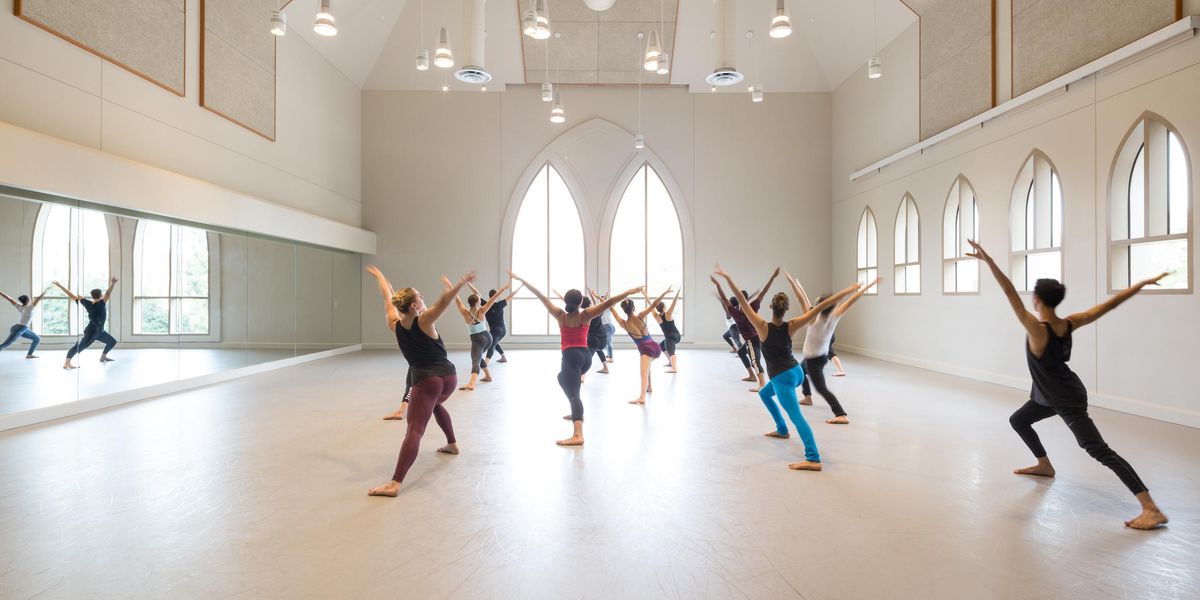Six Reasons to See NYCB’s Nutcracker—Again and Again
It goes without saying that George Balanchine’s The Nutcracker is a delightful experience for a dance lover of any age. Of course the first time you see it, you’re taken with the 125-plus children in many roles, the growing tree, the magically gliding bed and the grand pas de deux. But there are other pockets of pleasure that you may not notice until you see it a few times.
Adam Hendrickson as Drosselmeier and Jeremy Wong as his Nephew in Balanchine’s Nutcracker.
- The party scene is endlessly engaging. I always notice something new in the first act. This time I saw how none of the little girls wanted to dance with Fritz, which could account for his naughty behavior—or, one might ask, maybe they reject him exactly because he is a little troublemaker.
- The romantic hand shake. Marie and her cousin (who becomes the Nutcracker Prince) shake hands three times during the scene, each time with more lingering contact than the last, until their eyes meet longingly and their arms reach out in…desire. You are watching a budding romance that ushers in the Land of the Sweets.
- The musical score. Every measure of Tchaikovsky’s music is filled with enchantment. Listen for the bell-like celesta in the Sugar Plum Fairy’s variation. Even the quietest instrument—the triangle—has its magic. You can hear it in the party scene while the first set of dolls dance, in the “Snow” scene while the bed glides, and in the “Waltz of the Flowers.”
- The ballet is blessedly free of tragedy. The Sugar Plum Fairy is warm and willing to listen—to the Nutcracker Prince’s story as well as to the music. She won’t die of a broken heart or jump in the lake after being betrayed. She’s not torn between life and death; she’s happy to play hostess and goddess.
- Comfort zone—in a good way. It’s amazing how some dancers can play a role a million times and still give it life. Sterling Hyltin infuses the many runaway exits of Dewdrop with refreshing breathiness. And lo these many years, Daniel Ulbricht still flavors his Candy Cane with both discipline and bounding joy.
- Discoveries. Since the ballet is so familiar, it allows you to see when someone new springs up. Spartan Hoxha, with his floating jumps, took my breath away in the Chinese (tea) dance.
- Daniel Ulbricht as lead Candy Cane
I’m already looking forward to next year’s Nutcracker. It will be another opportunity to notice new things and new dancers—and to ponder what’s real and what’s a dream in Marie’s fantasy world.
All photos © Balanchine Trust; © Paul Kolnik




